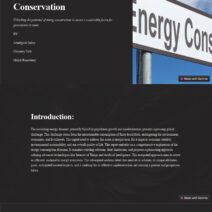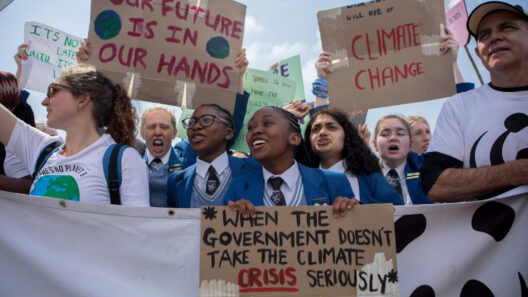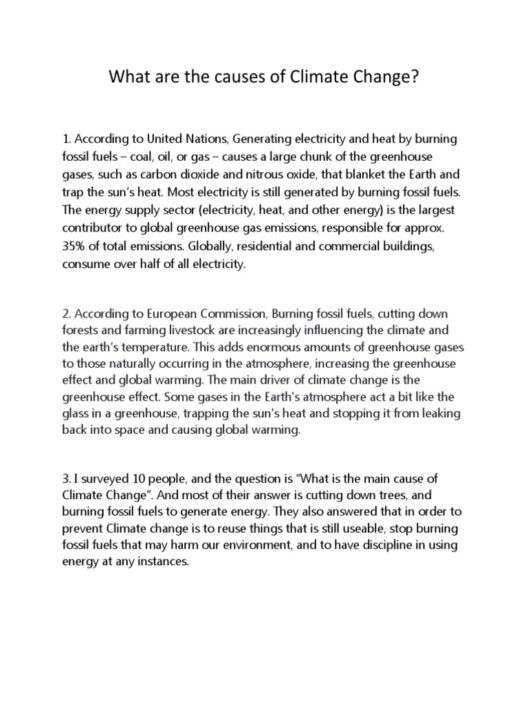Global warming is one of the most pressing issues facing our planet today, and understanding the scientific backing of this phenomenon is crucial for fostering informed discussions. Numerous facts and extensive research have delved into the intricacies of climate change, revealing a complex interplay of natural and anthropogenic factors that underpin this global crisis. This article aims to elucidate the core realities surrounding global warming, debunking myths and shedding light on critical data that supports the consensus among climate scientists.
The first thing to establish is the undeniable fact that the Earth’s climate is changing. Historical temperature records, analyzed over centuries, indicate a marked increase in global average temperatures. Since the late 19th century, the planet’s temperature has surged by approximately 1.2 degrees Celsius (2.2 degrees Fahrenheit). This seemingly small change has profound implications, influencing weather patterns, sea levels, and ecosystems worldwide.
One of the most compelling pieces of evidence for global warming is the rising concentration of greenhouse gases (GHGs) in the atmosphere, particularly carbon dioxide (CO2). Ice core samples, which provide a detailed record of Earth’s atmospheric composition over thousands of years, illustrate a stark correlation between CO2 levels and temperature. Before the Industrial Revolution, CO2 levels were around 280 parts per million (ppm). Presently, they exceed 400 ppm—a staggering increase attributed primarily to fossil fuel combustion, deforestation, and industrial processes.
Another critical aspect to consider is the role of feedback loops in climate systems. For instance, as ice caps and glaciers melt due to rising temperatures, darker ocean or land surfaces are exposed. These surfaces absorb more sunlight, exacerbating warming in a self-reinforcing cycle. A significant consequence of this is the accelerated melting of polar ice, leading to rising sea levels that threaten coastal communities globally.
Global warming manifests not only through temperature rises but also through alterations in precipitation patterns. Scientific projections indicate that, while some regions may experience heavier rainfall, others will face prolonged droughts. This inconsistency in weather patterns is already observable, affecting agriculture, water supply, and natural ecosystems. Crop yields are susceptible to these shifts, posing risks to food security, particularly in regions reliant on stable climatic conditions.
The impact of global warming is not limited to natural phenomena. It has profound implications for human health and socio-economic structures. An increase in temperature influences the proliferation of vector-borne diseases, such as malaria and dengue fever, as the habitat range of their carriers expands with warmer climates. Additionally, heatwaves are becoming more frequent and intense, contributing to heat-related illnesses and fatalities.
It is also important to acknowledge the socio-economic impacts of climate change. Vulnerable populations, often residing in less developed regions, are disproportionately affected due to limited resources and adaptive capacity. These communities face immediate threats from extreme weather events exacerbated by climate change, including hurricanes, floods, and wildfires. Such disasters uproot lives, destroy infrastructure, and lead to economic destabilization, creating a cycle of poverty that is difficult to escape.
Critics of the global warming narrative often refer to historical climate fluctuations as evidence against human-caused changes. While it is true that Earth’s climate has undergone significant transformations over geological time scales, the velocity and magnitude of current changes are unprecedented. The rate of warming observed in recent decades is particularly alarming when compared with natural climate change events that occurred over millennia.
Furthermore, a plethora of scientific organizations globally, including the Intergovernmental Panel on Climate Change (IPCC), emphasize the anthropogenic influences on climate change. Their assessments consolidate findings from multiple disciplines—atmospheric sciences, oceanography, and biochemistry—confirming that human activities are the primary driver of the observed climate changes. The consensus is not merely a collection of isolated studies but a robust framework built upon decades of rigorous peer-reviewed research.
To mitigate the impact of global warming, adaptive strategies are paramount. Transitioning towards renewable energy sources, such as solar, wind, and hydroelectric power, stands as a necessary step in reducing GHG emissions. Additionally, enhancing energy efficiency and adopting sustainable practices in industry and agriculture can substantially decrease our carbon footprint. Carbon capture technologies further offer promising avenues for counteracting emissions from existing energy systems.
In conclusion, the evidence supporting global warming is both extensive and compelling. The increase in greenhouse gas concentrations, the correlation between CO2 levels and temperature rise, and the multifaceted impacts on environmental and human systems paint a dire picture. It is essential to confront this reality with informed action and to advocate for policies promoting sustainability and resilience. Understanding these facts is not merely an academic exercise; it is a vital component of our responsibility to safeguard the planet for future generations.







